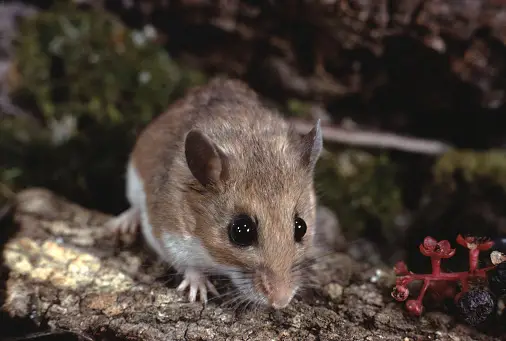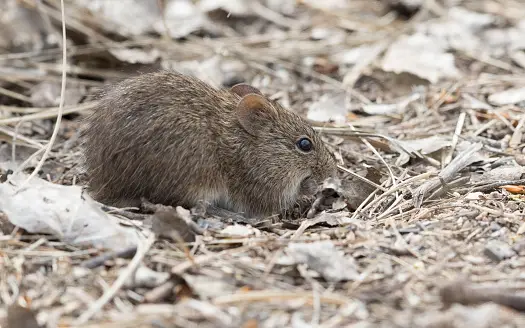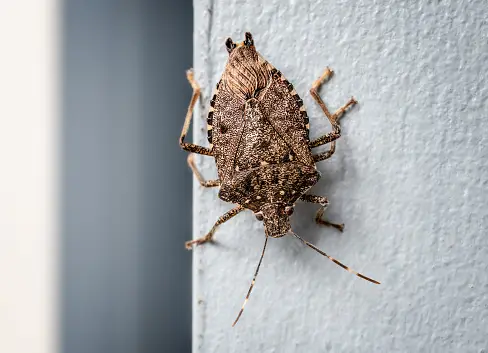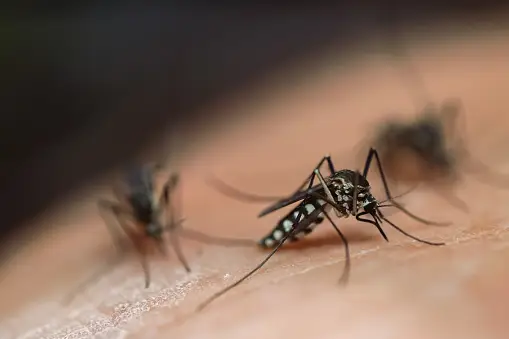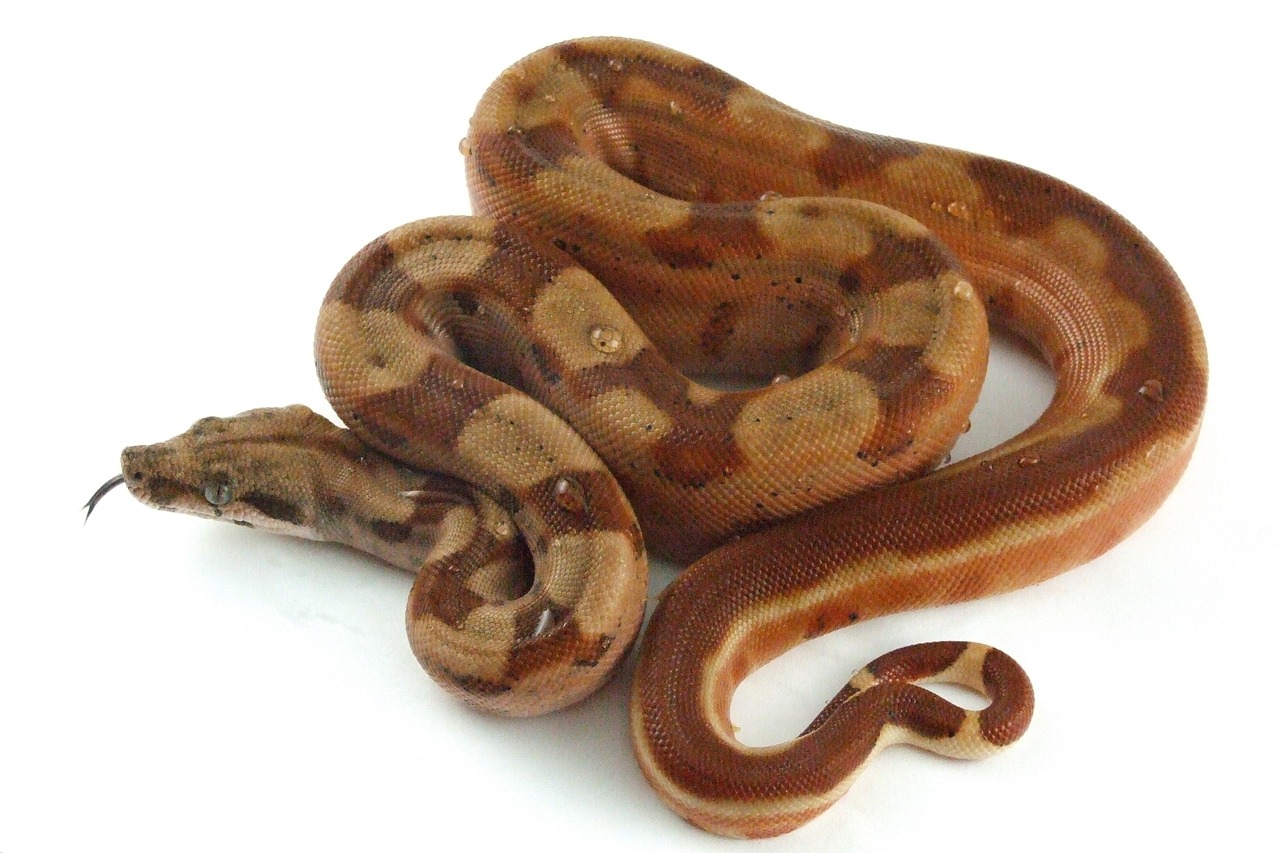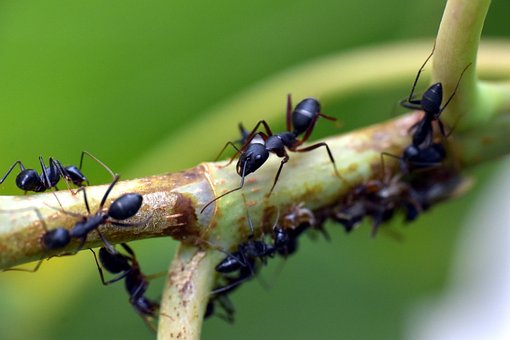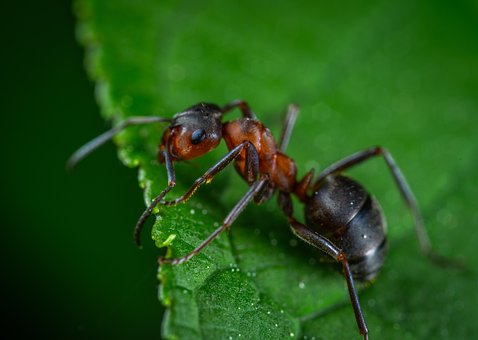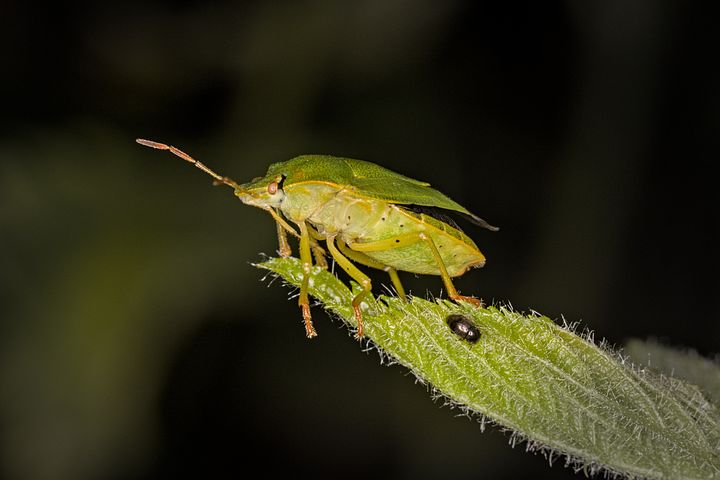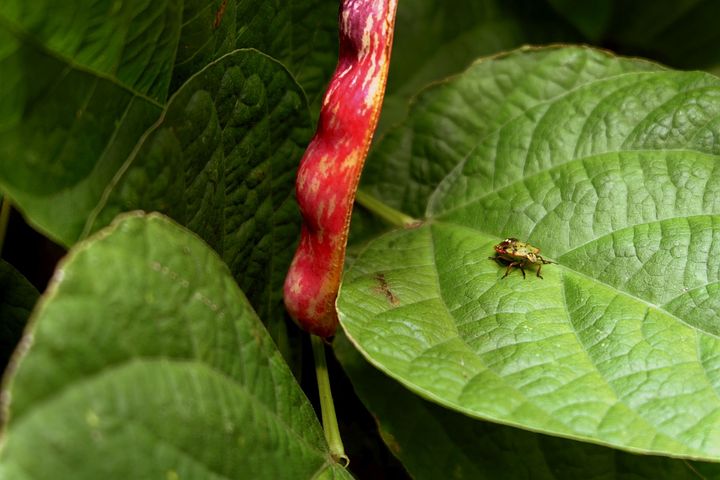Welcome to Backyard Bug Patrol, where we’re here to help you banish those pesky pests from your property. With our organic pest control services in Great Falls, Virginia, we’ve got the tools and expertise to tackle any infestation.
From the buzzing mosquitoes to the sneaky rodents, we’ve got you covered. But what sets us apart? Well, let’s just say that we have a secret weapon that keeps those critters at bay, and it’s all about going green.
Curious to know more? Well, you’ll have to stick around to find out how we make pest control both effective and environmentally friendly.
Outdoor Pest Control
When it comes to outdoor pest control, we understand the importance of effectively managing ants, mosquitoes, and ticks. These pests can’t only be a nuisance, but they can also pose health risks to you, your family, and your pets.
At Backyard Bug Patrol, we offer a range of organic solutions to help eliminate and prevent infestations, ensuring a safe and enjoyable outdoor environment for everyone.
Our Barrier Spray Programs are designed to reduce and prevent the following outdoor pests from invading your yard:
Indoor Pests
Are you struggling with pesky indoor pests in your Great Falls, Virginia home or business? Don’t worry, Backyard Bug Patrol is here to help!
We offer a variety of natural remedies for indoor pests, such as ants, rodents, and spiders. Our organic pest control methods are safe for both you and the environment. Our green pest control services eliminate the following indoor pests:
We understand the importance of keeping your indoor spaces pest-free, and our knowledgeable technicians are ready to provide effective solutions for your pest problems.
Trust Backyard Bug Patrol to keep your home or business pest-free, naturally.
Rodent Control
If you’re dealing with unwanted indoor pests in your Great Falls, Virginia home or business, rest assured that Backyard Bug Patrol has effective solutions for rodent control. We understand the frustration and health risks that come with a rat infestation.
Our team of experts is trained in identifying and eliminating these pests using safe and organic methods. We’ll work with you to develop a customized plan to ensure your property is rodent-free.
Don’t let rats take over your space, contact us today for professional rodent control services.
Commercial Pest Control
Backyard Bug Patrol offers comprehensive commercial pest control services to businesses in Great Falls, Virginia, ensuring a pest-free environment for your employees and customers.
Our team of experts understands the importance of pest prevention in commercial settings and is equipped with the knowledge and tools to effectively address any pest issues that may arise.
We provide tailored solutions to meet the specific needs of your business, utilizing our expertise in organic pest control methods to minimize any potential harm to the environment.
With over 10 years of experience, our family-owned and operated business is dedicated to providing exceptional customer service and environmentally friendly solutions.
From ticks and mosquitoes to termites, rodents, snakes, and ants, our licensed professionals are well-trained to tackle all your pest control needs. Trust us to keep your property pest-free while minimizing any negative impact on the environment.
Contact us today for guaranteed satisfaction with our exceptional service and commitment to green pest control.

 Lyme Disease, a bacterial infection transmitted by deer ticks, is the most common bug- or animal-borne illness in the United States today. Cases of Lyme Disease have more than doubled in the last 20 years, according to the Centers for Disease Control. Sometimes dubbed the “Great Imitator”, Lyme Disease comprises symptoms that closely resemble those of many other diseases, including Multiple Sclerosis, Lupus, Chronic Fatigue Syndrome, and Fibromyalgia. While imminently treatable in the early stages of detection, Lyme Disease can cause blindness and even death in some individuals, and chronic Lyme Disease symptoms can last for years.
Lyme Disease, a bacterial infection transmitted by deer ticks, is the most common bug- or animal-borne illness in the United States today. Cases of Lyme Disease have more than doubled in the last 20 years, according to the Centers for Disease Control. Sometimes dubbed the “Great Imitator”, Lyme Disease comprises symptoms that closely resemble those of many other diseases, including Multiple Sclerosis, Lupus, Chronic Fatigue Syndrome, and Fibromyalgia. While imminently treatable in the early stages of detection, Lyme Disease can cause blindness and even death in some individuals, and chronic Lyme Disease symptoms can last for years.

